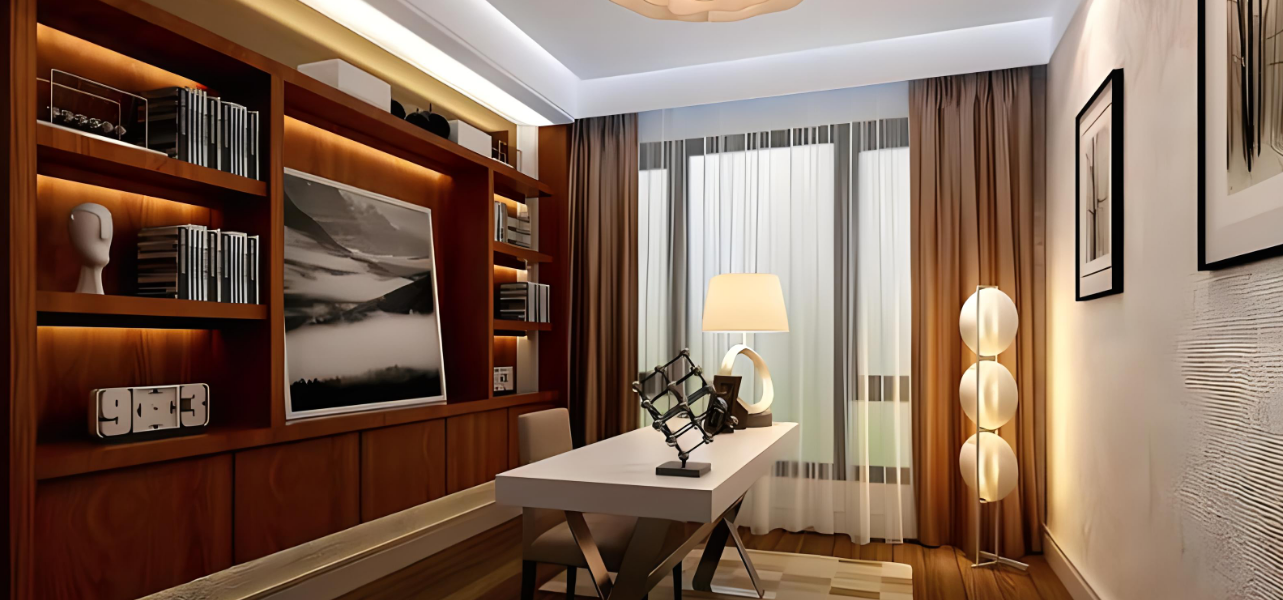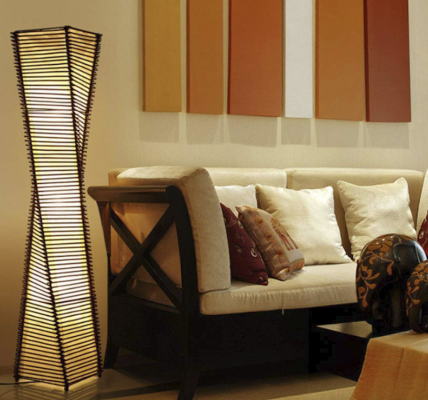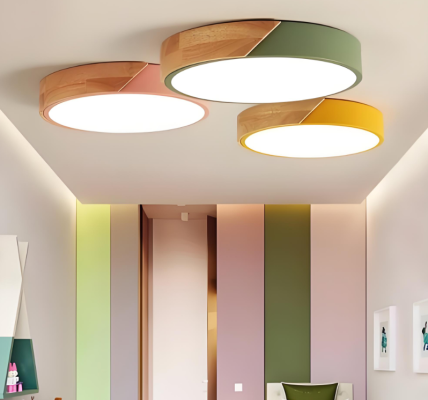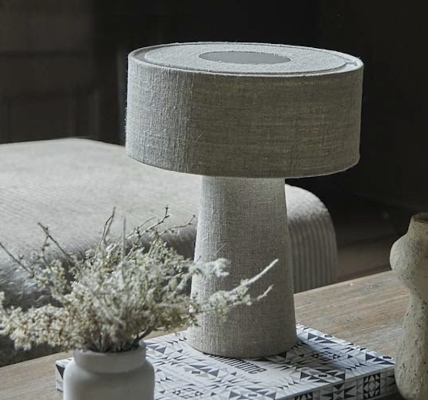Creating the Perfect Study Space: How a Desk for Kids Can Boost Productivity and Learning
Introduction: The Importance of a Proper Study Space for Kids
A well-designed study space can have a significant impact on a child’s learning and productivity. It provides them with a dedicated area where they can focus on their schoolwork and develop good study habits. Having a designated study space at home also helps to create a sense of routine and structure, which is important for children’s academic success.
One of the key benefits of having a dedicated study area is that it helps to minimize distractions. When children have their own space where they can concentrate on their work, they are less likely to be distracted by noise, electronics, or other interruptions. This allows them to stay focused and engaged in their studies, leading to better learning outcomes.Yellopen
Choosing the Right Desk: Factors to Consider
When choosing a desk for your child’s study space, there are several factors to consider. First, you need to consider the size and height of the desk. It should be large enough to accommodate all of your child’s study materials, such as textbooks, notebooks, and a computer or laptop. The height of the desk should also be adjustable so that it can be customized to your child’s height and comfort level.
Another important factor to consider is the material and durability of the desk. It should be made from high-quality materials that can withstand daily use and last for years to come. Look for desks that are made from solid wood or sturdy metal frames.
Storage options are also an important consideration when choosing a desk. Look for desks that have built-in drawers or shelves where your child can store their school supplies and books. This will help to keep the study space organized and clutter-free.
Finally, consider the style and design of the desk. Choose a desk that matches your child’s personal style and preferences. This will help to create a study space that they feel comfortable and motivated in.
Ergonomics and Comfort: Setting Up the Perfect Workspace
Creating a comfortable and ergonomic study space is essential for your child’s health and well-being. Proper posture and positioning are important for preventing back and neck pain, as well as eye strain.
First, make sure that your child has a chair that is the right height for their desk. Their feet should be flat on the floor, and their knees should be at a 90-degree angle. If the chair is too high, consider adding a footrest to provide support for their feet.
Adding cushions to the chair can also help to provide additional comfort and support. Look for cushions that are designed specifically for desk chairs and provide lumbar support.
To reduce eye strain, consider using a monitor stand to elevate the computer or laptop to eye level. This will help to prevent your child from hunching over and straining their neck and back.
Organization and Storage: Keeping Things Neat and Tidy
An organized study space is essential for productivity. When everything has its place, it is easier for your child to find what they need and stay focused on their work.
Choose storage solutions that are practical and functional. Look for shelves, drawers, or bins that can hold books, notebooks, and other school supplies. Consider using labels or color-coding systems to help your child keep track of their belongings.
Encourage your child to clean up their study space at the end of each study session. This will help them develop good habits and ensure that the space is always ready for the next study session.
Lighting: The Impact of Illumination on Learning
Proper lighting is essential for concentration and eye health. Insufficient lighting can cause eye strain and make it difficult for your child to focus on their work.
When choosing lighting for your child’s study space, consider both natural and artificial light sources. Natural light is ideal as it provides a bright and even illumination that is easy on the eyes. Position the desk near a window to maximize natural light.
If natural light is not available or is insufficient, consider using artificial lighting. Choose a desk lamp that provides bright, white light. Avoid lamps with warm or yellow-toned light as they can cause eye strain.
Distractions and Focus: Minimizing Interruptions and Maximizing Concentration
Minimizing distractions in the study space is crucial for maintaining focus and concentration. Create a quiet and peaceful environment by eliminating noise and other distractions.
If possible, position the study space in a quiet area of the house, away from high-traffic areas and noisy appliances. Use noise-cancelling headphones to block out any background noise.
Encourage your child to turn off their phone or put it on silent mode while studying. This will help to minimize distractions from text messages, social media notifications, and other apps.
Personalizing the Space: Encouraging Creativity and Inspiration
Personalizing the study space can help to create a sense of ownership and motivation for your child. Encourage them to add artwork, decorations, or motivational quotes to the walls or desk.
Consider adding a whiteboard or chalkboard to the study space where your child can write down important reminders, goals, or inspirational messages. This will help to keep them motivated and focused on their studies.
Technology and Tools: The Role of Gadgets and Accessories
Technology can play a significant role in a child’s study space. Choose the right technology that will enhance their learning experience without becoming a distraction.
Consider adding accessories like a desk lamp with adjustable brightness settings or a charging station for their electronic devices. These accessories can help to create a functional and efficient study space.
However, it is important to manage screen time and ensure that your child is not spending too much time on electronic devices. Set limits on their usage and encourage them to take regular breaks from screens.
Collaborative Learning: Creating a Space for Group Work and Collaboration
Collaborative learning is an important aspect of education. Creating a space for group work and collaboration in your child’s study area can enhance their learning experience.
Consider adding a table or desk that can accommodate multiple people. This will provide a dedicated space where your child can work on group projects or study with their peers.
Choose furniture and tools that are conducive to collaboration, such as whiteboards, bulletin boards, or projectors. These tools can help facilitate brainstorming sessions and group discussions.
Conclusion: The Benefits of a Well-Designed Study Space for Kids
In conclusion, a well-designed study space is essential for a child’s learning and productivity. It provides them with a dedicated area where they can focus on their schoolwork and develop good study habits. A proper study space helps to minimize distractions, create a sense of routine and structure, and promote good posture and ergonomics.
When choosing a desk for your child’s study space, consider factors such as size, height, material, durability, storage options, and style. Create a comfortable and ergonomic workspace by choosing the right chair, adding cushions and footrests, and using a monitor stand to reduce eye strain.
Organization and storage are important for keeping the study space neat and tidy. Choose storage solutions that are practical and functional, and encourage your child to clean up after each study session.
Proper lighting is essential for concentration and eye health. Maximize natural light if possible, or choose artificial lighting that provides bright, white light.
Minimize distractions in the study space by creating a quiet and peaceful environment. Encourage your child to turn off their phone or put it on silent mode while studying.
Personalize the study space to encourage creativity and inspiration. Add artwork, decorations, or motivational quotes to the walls or desk.
Choose the right technology and accessories for the study space, and manage screen time to ensure that your child is not spending too much time on electronic devices.
Finally, create a space for group work and collaboration to enhance your child’s learning experience. Choose furniture and tools that are conducive to collaboration, such as whiteboards or bulletin boards.
Investing in a dedicated study area for your child can have a significant impact on their learning and productivity. It provides them with a space where they can focus, stay organized, and develop good study habits. By creating a well-designed study space, you are setting your child up for success in their academic journey.




